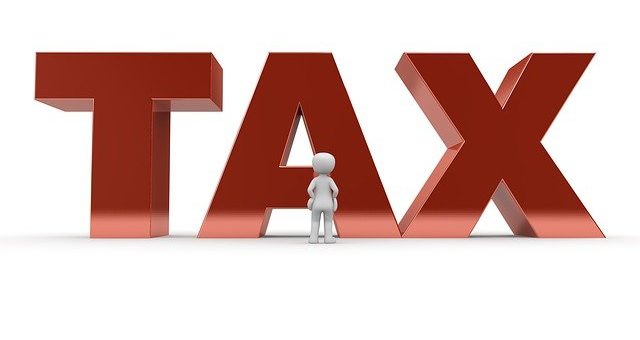In this 3-part guide, we will explore where your tax dollars go, some of the ways tax filing may look different in 2022, and what you can do to prepare. Keep in mind, this guide is for informational purposes only and is not a replacement for real-life advice, so make sure to consult your tax, legal, and accounting professionals before modifying your strategy.
Get a checkup: As a starter, the I.R.S. urges taxpayers to conduct paycheck checkups.
The agency provides tools and resources to help you calculate the correct amount to have withdrawn
from your paycheck.
The calculator may help you determine if your employer is withholding adequate amounts from
your paycheck.
The calculator asks for your projected gross income, your current withholding number, the current amount of federal taxes withheld, and other paycheck-related questions.
The calculator leads you through various screens that require you to enter the requested numbers into boxes. The calculator looks similar to a tax-filing form.
The final figure: Once the calculator generates the estimated taxes you can expect to owe or be refunded, it offers suggestions on how to change your withholding amount or request that additional money be withheld from your check.
If the calculator shows you are projected to owe taxes at the end of the year, you may file a new Form W-4, Employee’s Withholding Allowance Certificate, following the guidance provided by the calculator. The IRS-provided calculator is designed to provide feedback based on certain assumptions. It is not intended to provide specific tax, legal, or accounting advice. The calculator is not a replacement for real-life advice,
so please make sure to consult a professional before modifying your tax strategy.5
Suggestions may include changing the number of allowances you are claiming or requesting that your employer withhold additional money.
Taxpayers who receive pension income may use Form W-4P.Once completed, send the form to your payer if you are making changes.6
Read more about Annual Tax Guide – A Guide to 2022 Tax Law Changes (Part 2) …









